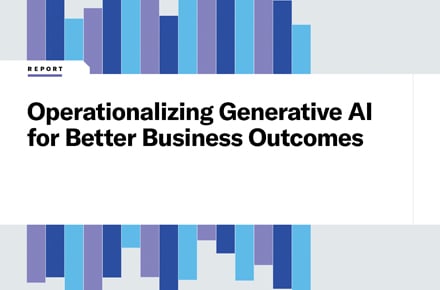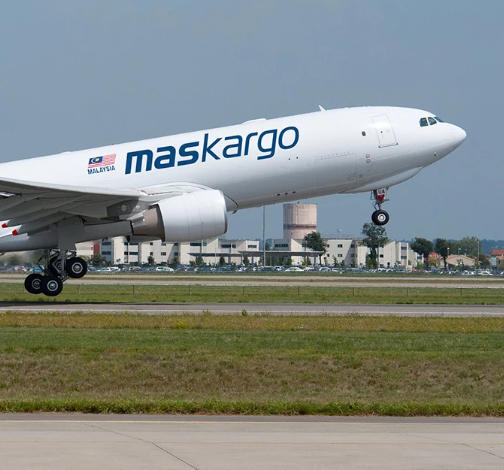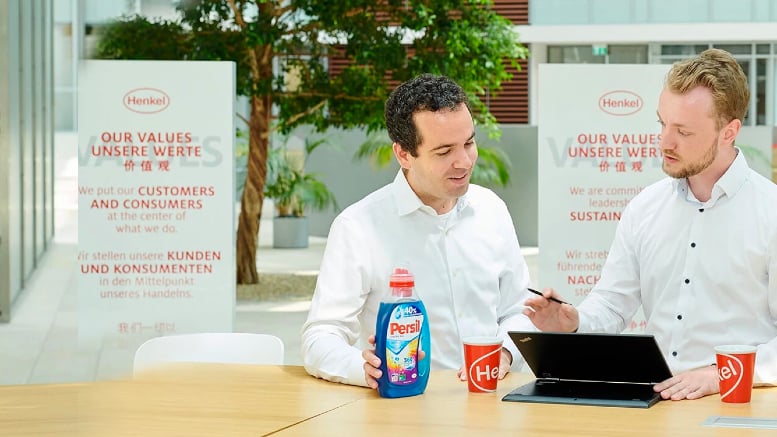Pragmatic logistics solutions replace flashy promises at Manifest 2025
mars 27, 2025 / Jeff Smullin
Short on time? Read the key takeaways:
- The logistics industry has replaced AI hype with practical applications delivering measurable ROI.
- Integration capabilities are prioritized over stand-alone innovations to connect fragmented systems and data sources.
- Tight profit margins force companies to evaluate technology investments based on direct impact.
- Supply chain visibility evolves from reactive tracking to proactive exception management using predictive analytics.
Supply chains power global commerce, often working behind the scenes until events like Manifest 2025 bring them into focus.
A notable shift was evident at this year's premier logistics innovation conference in Las Vegas: practical solutions took center stage as industry leaders sought technologies with tangible impact, not simply flashy presentations.
The contrast with previous years was clear, with four key developments pointing to a more mature approach to technology adoption:
1. Less "AI washing"
While AI dominated conversations in 2024, this year's discussions centered on specific use cases and ROI. This evolution reflects growing customer demands for solutions that translate into operational improvements, regardless of buzzy messaging and over-promising. The industry requires transparent metrics, clear implementation roadmaps and actionable AI with specific business applications before investing.
2. Innovate by integrating
Integration surpassed replacement as a dominant theme. Logistics leaders prefer solutions that enhance existing systems in lieu of implementing wholesale changes.
For example, today's market rewards platforms offering flexible integration capabilities and robust APIs that allow companies to modernize incrementally. Freight forwarders highlighted this need when discussing the challenge of managing disconnected systems across transportation modes.
Technology leaders emphasized that all data initiatives must serve a clear business purpose, driving specific operational improvements beyond collecting data without application.
3. The margin imperative
In a market with characteristically tight profit margins, companies face intense pressure to justify every technology investment. This has driven a more rigorous approach to evaluating solutions, with a clear preference for those that demonstrate a direct impact on margin optimization through hard dollar savings or efficiency gains.
4. Proactive exception management
The evolution of visibility solutions marked another significant shift. While track-and-trace capabilities remain crucial, the focus has moved to proactive exception management using machine learning to analyze historical shipment data and external factors.
This shift reflects broader market pressures and lessons from COVID-19, emphasizing the need for more sophisticated approaches to managing supply chain exceptions. Forward-thinking providers now leverage predictive analytics to anticipate disruptions and implement contingency plans, improving efficiency and customer satisfaction.
Looking ahead
As was evident at Manifest 2025, the logistics industry’s approach to technology continues to mature, focusing on practical implementation and measurable outcomes. The criteria for adoption have become more stringent, shifting from "What's the latest technology?" to "How does this technology solve our specific business challenges?"
This pragmatic approach potentially marks a more significant shift in how the industry approaches digital transformation that is focused on sustainable innovation instead of chasing the next big thing.
Ready to optimize your logistics operations with solutions that deliver real business impact? Learn how you can maximize logistics profitability with AI or contact our team today.

















